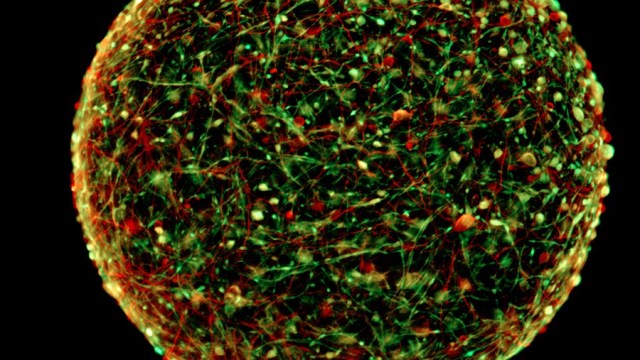Watch the Neuroscience Behind Opioid Dependence

Our problem with opioids has been in the news a lot lately, and for good reason: It’s arguably the worst drug problem the U.S. has ever faced. The leading cause of death for people under 50? Opioids. According to the CDC, between 1999 and 2015, over 183,000 Americans have died of overdoses from prescription opioids alone. The agency estimates that more than 1,000 people receive emergency treatment for prescription overdoses every day. While those numbers are leveling off a bit now — perhaps as doctors become more careful about prescribing them — the number of deaths from non-prescription opioids is rising fast.

Opioid deaths from 2000-2015 (CDC)
The rate of increase is especially acute in five states.

(CDC)
Overdoses are easy to count, but nearly as disturbing, if less visible, is how many people are dependent on these drugs. The CDC estimates that in 2014 that number was two million Americans.
The top three prescription opioids causing overdoses, says the CDC, are methadone, oxycodone (including OxyContin®), and hydrocodone (including Vicodin®). The two leading non-prescription killers on the rise are heroin and fentanyl, the drug that killed musician Prince. Experts believe that prescription opioids serve as gateways for illegal ones, so getting prescription use under control may be the key first step.
Meanwhile, watch this. If you’ve ever thought that those who become dependent on opioids are weak or have defective personalities — and that these drugs might be safe for others, even you — this video from Lily Fang about how they work in the human brain reveals why these pain-killers are so incredibly dangerous. The video was created for a HarvardX class.
(HARDVARDX)





